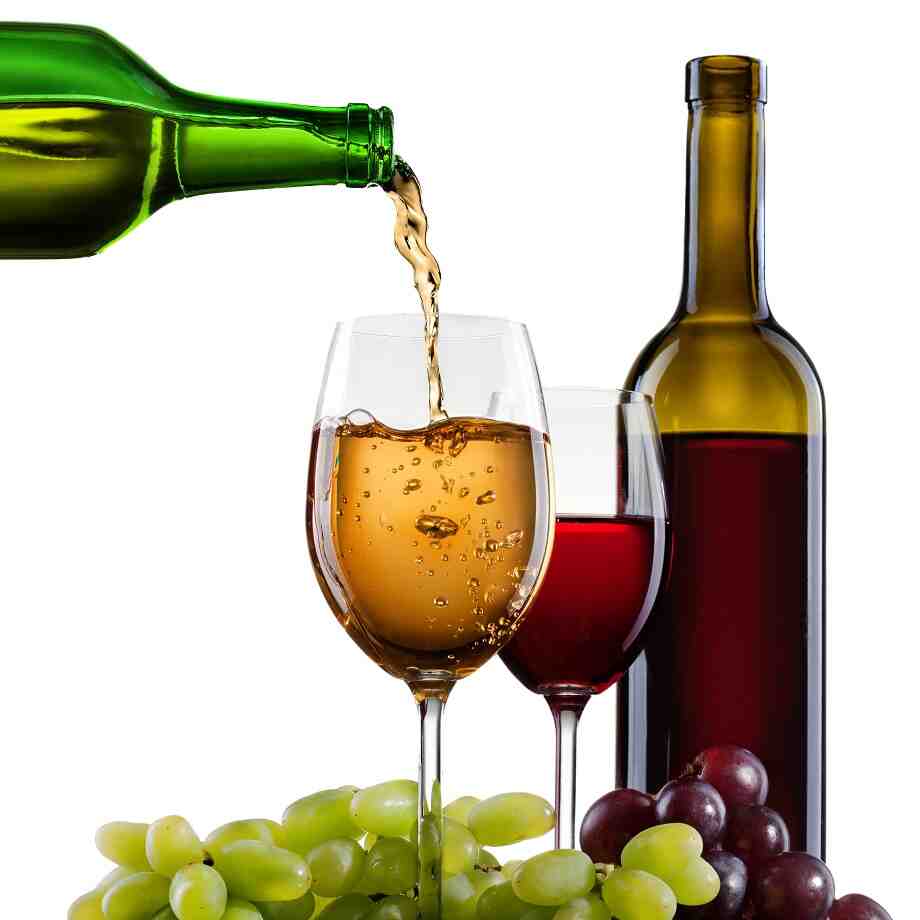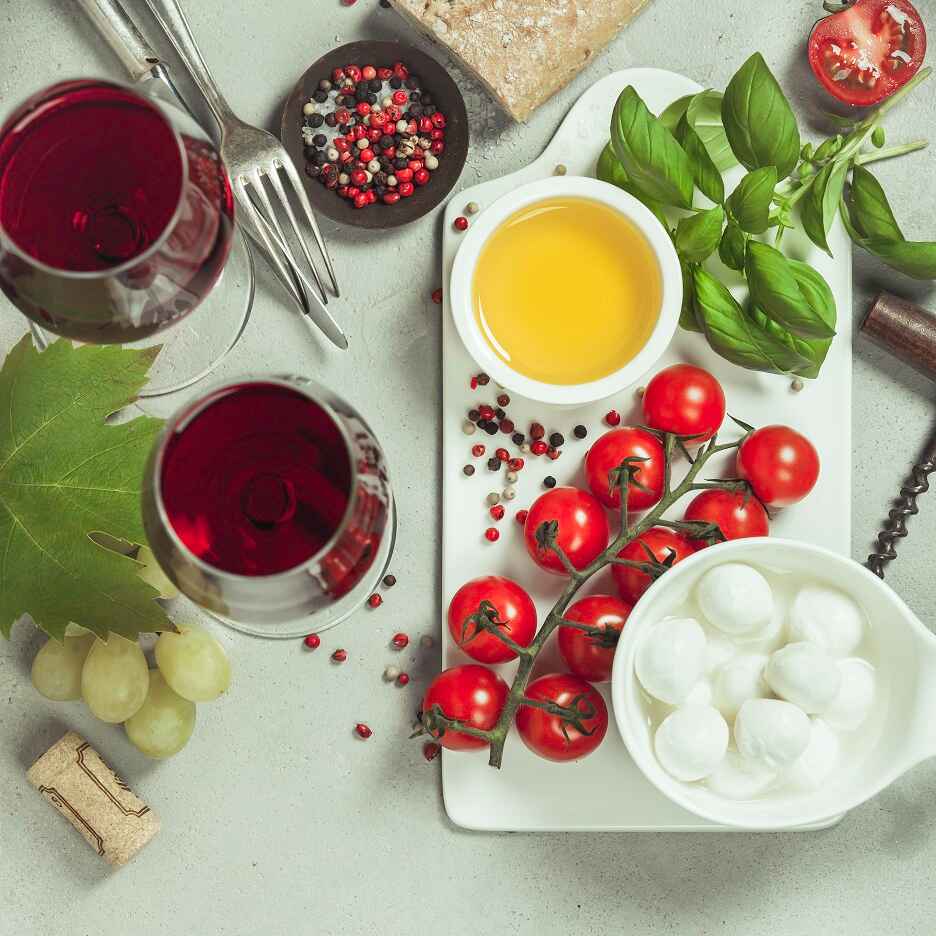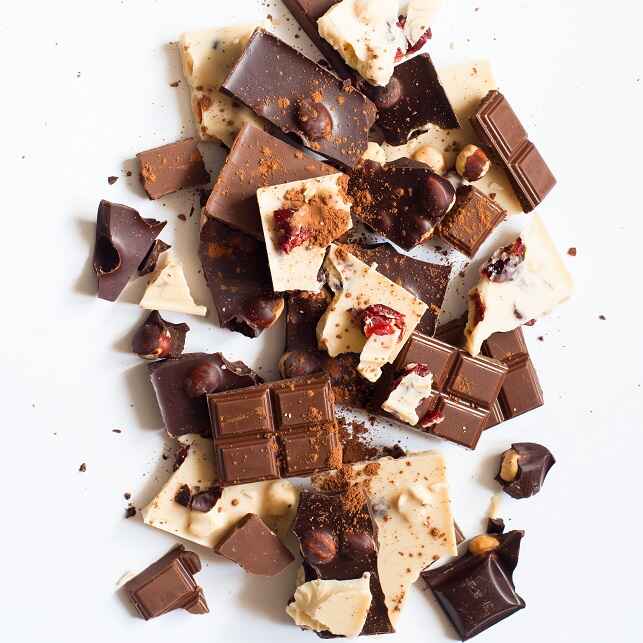The Art of Pairing Wine with Food: A Comprehensive Guide
Wine and food are a classic pairing—one that has evolved over centuries into an art form. The right wine can elevate a dish, enhance flavors, and create a harmonious dining experience. But with so many wine varieties, regional differences, and flavors to consider, the art of pairing wine with food can feel overwhelming. Fear not! This guide will help you navigate the world of wine and food pairings, whether you’re preparing a casual meal at home or hosting a formal dinner. From basic principles to advanced tips, we’ve got you covered.
The Basic Principles of Wine Pairing
At its core, wine pairing is about finding balance. The goal is to match the flavors, textures, and characteristics of the wine with those of the food to create a harmonious experience. While there are no hard and fast rules, here are some foundational principles to keep in mind:
- Match Intensity: Pair delicate dishes with lighter wines and rich, hearty dishes with more robust wines. For example, a light salad or seafood dish works well with a crisp white wine like Sauvignon Blanc, while a rich, meaty stew pairs beautifully with a bold red like Cabernet Sauvignon.
- Balance Flavors: The wine should complement the flavors of the food without overpowering it. For example, a zesty white wine like Chardonnay can work wonders with tangy dishes like lemon chicken or seafood, while a spicy red wine like Zinfandel pairs well with barbecue.
- Consider Acidity: Acidity in wine acts as a counterpoint to rich, fatty, or creamy dishes. A high-acid wine like Pinot Noir or Chianti can cut through the richness of a creamy pasta or a fatty cut of meat, making the wine taste fresher and the food lighter.
- Pair Regional Wines with Regional Dishes: A simple but effective approach is to pair wines with foods from the same region. For example, a rich Italian Barolo works wonderfully with a classic pasta Bolognese, and a French Bordeaux pairs beautifully with a steak frites, both reflecting the culinary traditions of their regions.
- Experiment with Contrasts: While harmony is important, sometimes contrasting flavors can make a meal even more exciting. A sweet wine like Sauternes can create a striking contrast with salty blue cheese, while a spicy red wine can pair well with slightly sweet dishes like barbecue.
White Wine Pairings
White wines are versatile, ranging from crisp and refreshing to rich and full-bodied. The key to pairing white wines is understanding their body, acidity, and fruit profile.
- Sauvignon Blanc: This crisp and acidic white wine is a natural choice for dishes with high acidity or fresh, vibrant flavors. Pair Sauvignon Blanc with salads, goat cheese, asparagus, and seafood, or even Thai or Vietnamese dishes with fresh herbs and citrus.
- Chardonnay: Chardonnay comes in a range of styles, from light and unoaked to rich and buttery. Unoaked Chardonnay is a great choice for seafood, particularly shellfish, while oaked Chardonnay pairs beautifully with roasted chicken, creamy pasta, and lobster dishes.
- Riesling: Known for its aromatic, floral qualities and high acidity, Riesling is excellent with spicy food. It pairs perfectly with Indian, Thai, or Chinese cuisine, as well as with dishes like roast pork, duck, and foie gras.
- Pinot Grigio: Light, crisp, and refreshing, Pinot Grigio works well with light seafood dishes, fresh salads, and delicate pastas with lemon and olive oil. It’s a good choice for a simple lunch or a light appetizer.
- Chenin Blanc: Versatile and often slightly off-dry, Chenin Blanc pairs well with a wide variety of foods, from seafood to chicken, especially in dishes that include a touch of sweetness like glazed chicken or pork with fruit.
Red Wine Pairings
Red wines are typically more full-bodied and tannic, making them ideal for pairing with heartier, richer foods. The tannins in red wine, especially those from grape varieties like Cabernet Sauvignon and Syrah, help cut through fatty or meaty dishes.
- Pinot Noir: Known for its light body, smooth texture, and bright acidity, Pinot Noir is a great match for dishes that feature earthy flavors, like mushrooms, duck, or roasted vegetables. It also pairs well with lighter meats like pork or grilled salmon.
- Merlot: Soft, smooth, and fruit-forward, Merlot is a versatile red wine that works well with a variety of foods, including roasted chicken, grilled meats, and burgers. It’s a great choice for dishes with tomato-based sauces, like spaghetti bolognese.
- Cabernet Sauvignon: One of the most popular red wines, Cabernet Sauvignon is bold, tannic, and full-bodied. Its flavors of dark fruit, black currant, and spice make it an ideal companion for grilled meats, steak, lamb, and barbecued dishes. It also pairs wonderfully with strong cheeses like cheddar and aged gouda.
- Syrah/Shiraz: Rich, spicy, and often peppery, Syrah (known as Shiraz in Australia) pairs well with dishes that have bold, smoky, or spicy flavors, such as barbecue, grilled sausages, or spicy stews. The wine’s spiciness also complements dishes with black pepper or chili-based sauces.
- Zinfandel: Zinfandel’s bold flavors and slightly sweet profile make it a great pairing with rich, flavorful dishes, particularly barbecue, pizza, and grilled meats. It also works well with spicy cuisines like Mexican or Cajun.
Sparkling Wine Pairings
Sparkling wines like Champagne and Prosecco are incredibly versatile and can be paired with a wide range of dishes. Their acidity and effervescence cleanse the palate and refresh between bites.
- Champagne: Champagne’s high acidity and bubbles make it an excellent pairing with salty or fried foods, such as oysters, fried chicken, and potato chips. It’s also a great match for dishes like sushi, smoked salmon, or goat cheese.
- Prosecco: Lighter and fruitier than Champagne, Prosecco pairs well with lighter appetizers, charcuterie, or Italian antipasti. It’s also perfect for pairing with fresh fruit or mild cheeses like mozzarella.
- Cava: The Spanish sparkling wine Cava has a crisp, dry profile that pairs well with a variety of dishes, from tapas to seafood paella. It’s also an excellent match for Spanish-inspired dishes with rich flavors, such as chorizo or grilled vegetables.
Dessert Wine Pairings
Dessert wines are rich, sweet, and often full-bodied, and their sweetness makes them a natural companion to rich or sweet desserts. But they can also be paired with savory foods for a unique experience.
- Port: A fortified wine from Portugal, Port is rich and sweet, making it an ideal match for dark chocolate, blue cheese, or roasted nuts. It also pairs wonderfully with rich desserts like cheesecake or tiramisu.
- Sauternes: This French dessert wine, known for its honeyed sweetness and rich texture, pairs beautifully with foie gras, crème brûlée, or blue cheeses like Roquefort. It’s also delicious with fruit-based desserts such as tarts or poached pears.
- Ice Wine: Made from grapes harvested after they have frozen on the vine, ice wine is incredibly sweet and concentrated. It pairs perfectly with fruit-based desserts, such as fruit tarts or sorbets, as well as creamy desserts like panna cotta.
Advanced Pairing Tips
Once you’re comfortable with the basics, here are a few advanced pairing tips to further elevate your wine and food experience:
- Wine with Sauces: When pairing wine with a dish, consider the sauce as much as the protein. For example, a rich, buttery sauce (like hollandaise) pairs well with a fuller-bodied white wine like Chardonnay, while a tomato-based sauce calls for a wine with higher acidity, such as Chianti or Sangiovese.
- Umami and Wine: Umami is the savory, “meaty” flavor found in dishes like soy sauce, mushrooms, and aged cheeses. Pair umami-rich foods with wines that have good acidity and tannin to cut through the richness, such as a red Burgundy or Chianti.
- Pairing Wine with Spices: Spicy foods, such as those found in Indian, Thai, or Mexican cuisine, benefit from wines that have a touch of sweetness or fruitiness to balance the heat. Off-dry Riesling, Gewürztraminer, or even a sparkling wine like Prosecco can work well with spicy dishes.
- Vertical Pairings: If you have multiple bottles of the same wine from different years (vintage), consider pairing different vintages of the same wine with a meal. Older vintages tend to have more complex, secondary flavors, while younger vintages are fruitier and more vibrant, making them interesting to compare with different types of food.
Conclusion
Pairing wine with food is both an art and a science, but the most important thing is to have fun with it. As you gain experience, you’ll develop your own preferences and discover what works best for you. Whether you’re enjoying a casual meal or hosting a special dinner, understanding the fundamentals of wine pairing will elevate your dining experience and allow you to appreciate the magic that happens when great wine and great food come together. Cheers!











